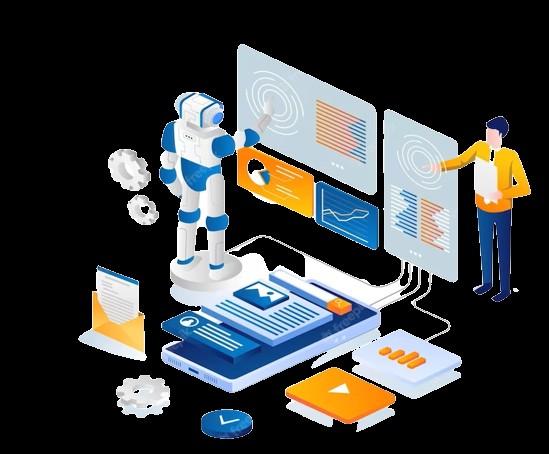Task Automation Software

Best practices for implementing task automation software.



Best practices for implementing task automation software.

Task automation software is a type of software that allows organizations to automate repetitive tasks, such as data entry, file management, and customer service. The software can be used to streamline processes, reduce errors, and increase efficiency, productivity, and accuracy. This presentation will explore the different types of task automation software, popular task automation tools, the advantages and challenges of using task automation software, use cases for task automation software, and best practices for implementing task automation software in an organization.
Presentation

Time savings: Task automation software can perform tasks much faster than humans, freeing up valuable time for employees to focus on other important tasks.
Increased efficiency and productivity: By automating repetitive tasks, organizations can reduce the time it takes to complete them, increasing overall efficiency and productivity.
Improved accuracy and consistency: Project management software can perform tasks with a high degree of accuracy and consistency, reducing errors and improving data quality.
Cost savings: Automating tasks can reduce labor costs, as fewer employees may be needed to perform repetitive tasks.
Better utilization of resources: By automating repetitive tasks, organizations can free up employees to focus on higher-value tasks, improving the utilization of human resources.
Enhanced customer experience: Automating tasks such as customer service can result in quicker response times and improved customer
Saves time and reduces errors.
Increases efficiency and productivity.
Improves accuracy and consistency.
Reduces costs.
Compatibility issues with legacy systems: Task automation software may not be compatible with older legacy systems, which can make it difficult to integrate with existing systems and processes.
The cost of implementation and maintenance: Implementing and maintaining task automation software can be costly, especially for smaller organizations with limited resources.
The need for trained personnel: Task automation software requires trained personnel who can design, configure, and maintain the software. Finding skilled personnel can be a challenge.
Security concerns: Automating tasks can create security vulnerabilities, especially if the software is not properly configured and secured.
Resistance to change: Some employees may resist the adoption of task automation software, especially if they perceive it as a threat to their job security.
Lack of flexibility: Task automation software can be inflexible and may not be able to adapt to changes in business processes or requirements.
Accounts payable and receivable
Data entry and management
Customer service and support
Marketing and sales
Human resources and payroll